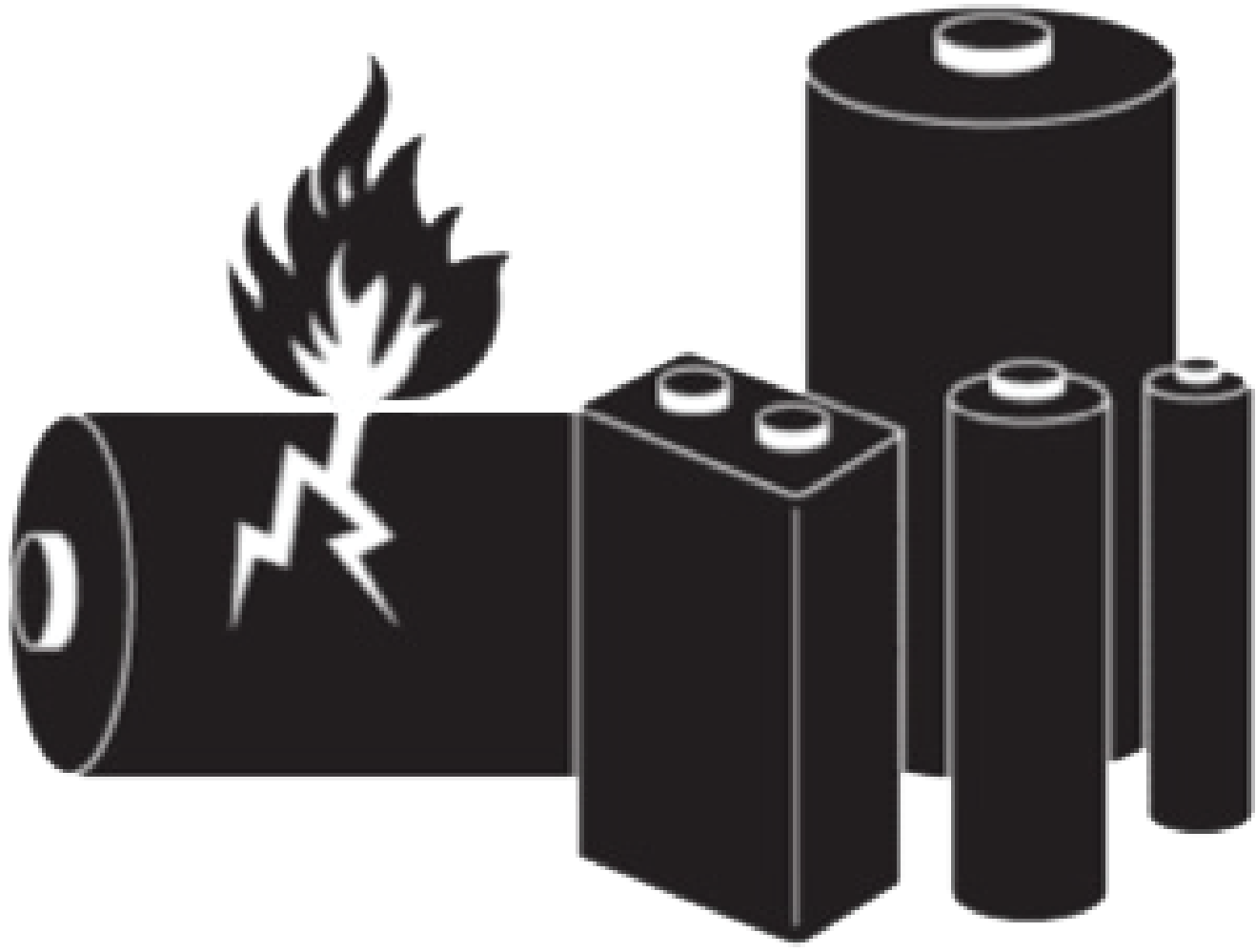Details of the ZPM Batteries
Disassembling Batteries:DO NOT open or disassemble the batteries without proper training.Batteries can contain very high levels of energy which can result in personal injuries such as burns or electrical shock and/or resulting in fire or combustion of the battery cells. |
|||
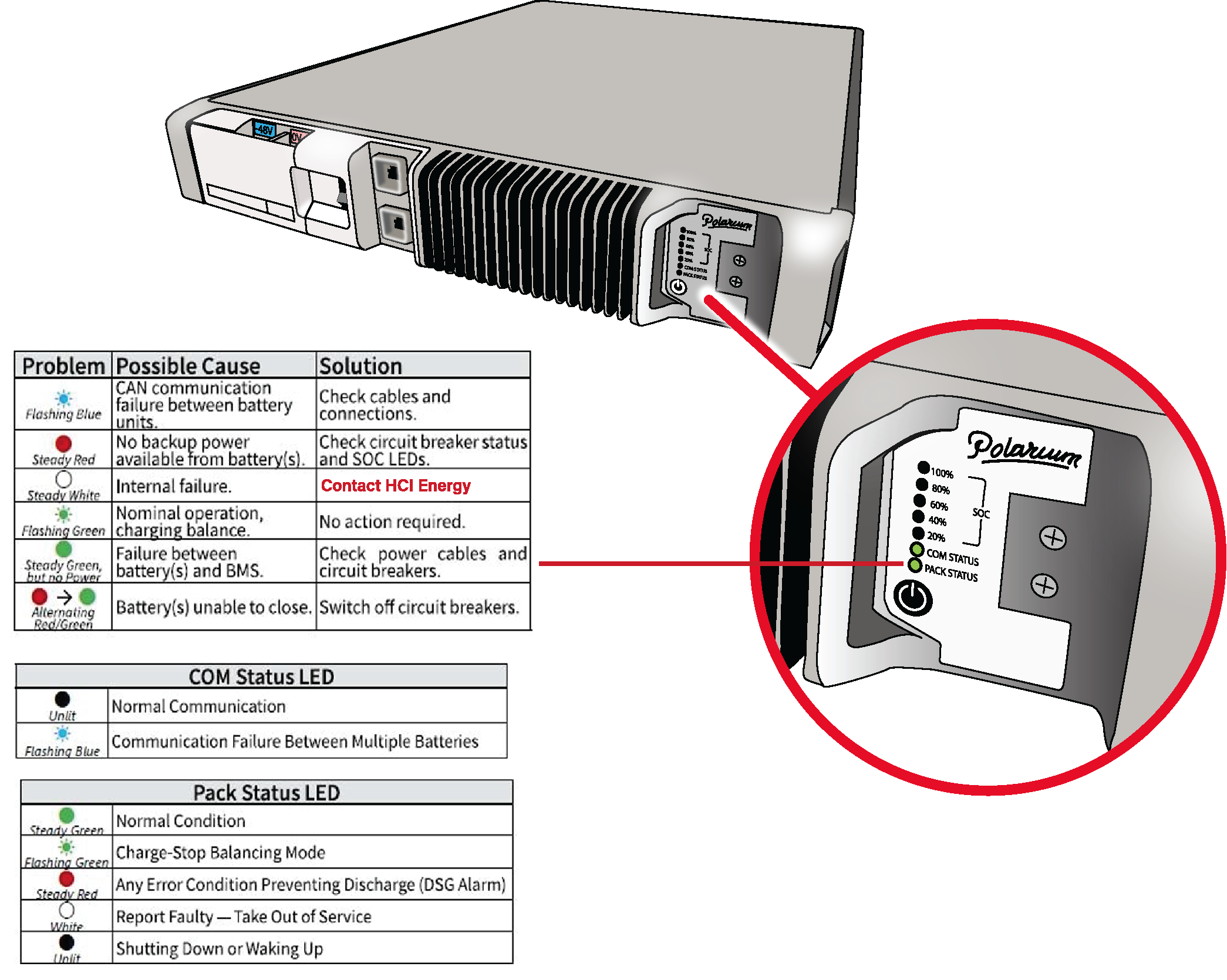 |
|||
|
DISPOSAL: Batteries should be disposed according to local (country) regulations for electronic waste. Battery disposal and recycling must be carried out by qualified personnel only. Contact a waste disposal operator authorized for handling electronic and lithium battery waste and recycling or contact HCI Energy for further assistance. |
|||
| The rechargeable lithium-ion batteries installed in the Hybrid Cube provide uninterrupted power. Each battery has its own protective 100 A circuit breaker and the batteries can be connected in parallel for >100A load. Up to 24 batteries can be connected to one monitor loop. Each battery has a battery manager (BMS) that will operate independently within it’s operating parameters. Connecting several batteries together with the provided RJ45 cabling will ensure balancing between batteries and provide a possibility to communicate with the batteries as a group or with single batteries. Lithium batteries are very different from VRLA — lithium batteries can be used in a much wider operating window with regards to SOC and temperatures. Lithium batteries can be deep discharged until it’s cut off level, does not require any boost charge, and does not have to be fully charged after every cycle to optimize life. |
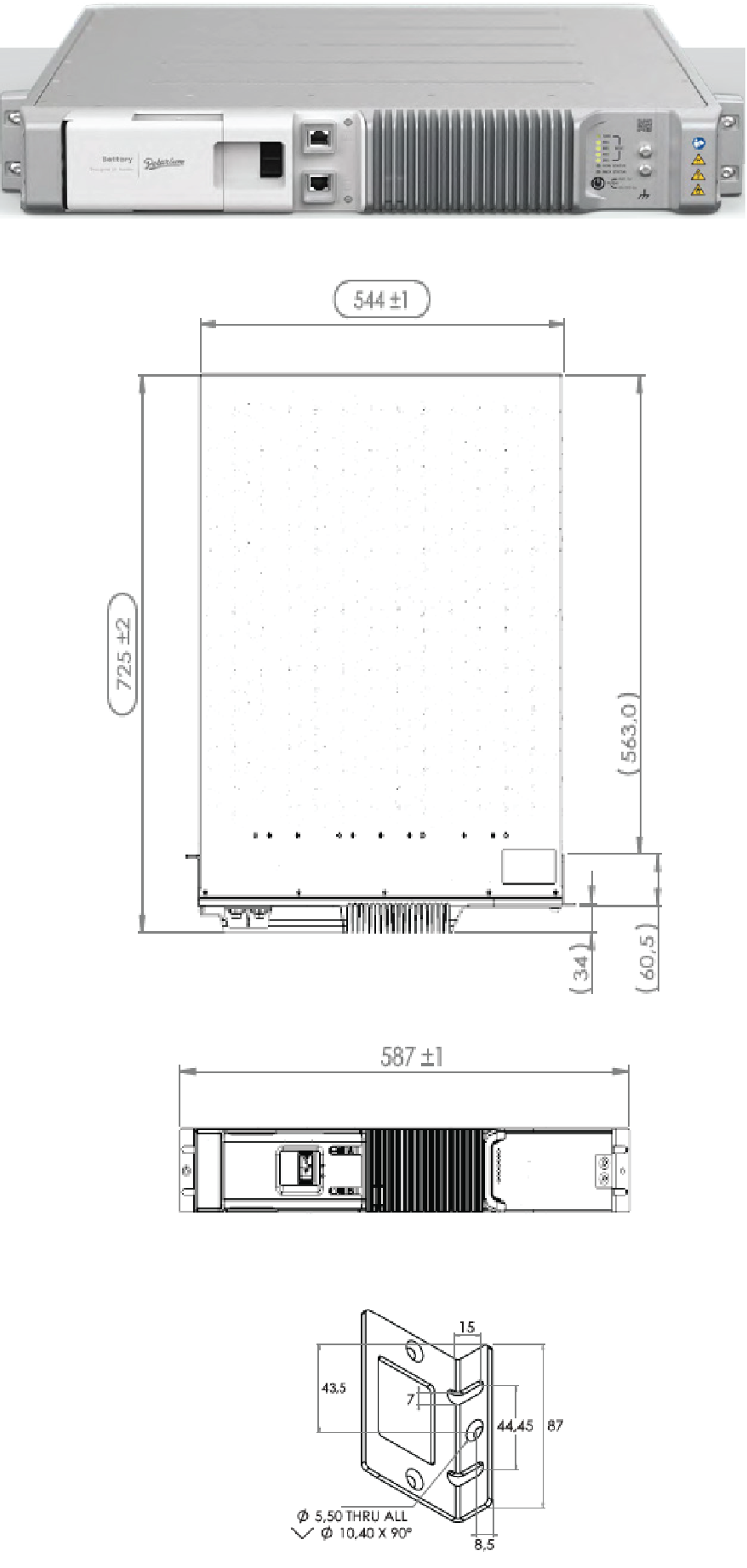 |
||
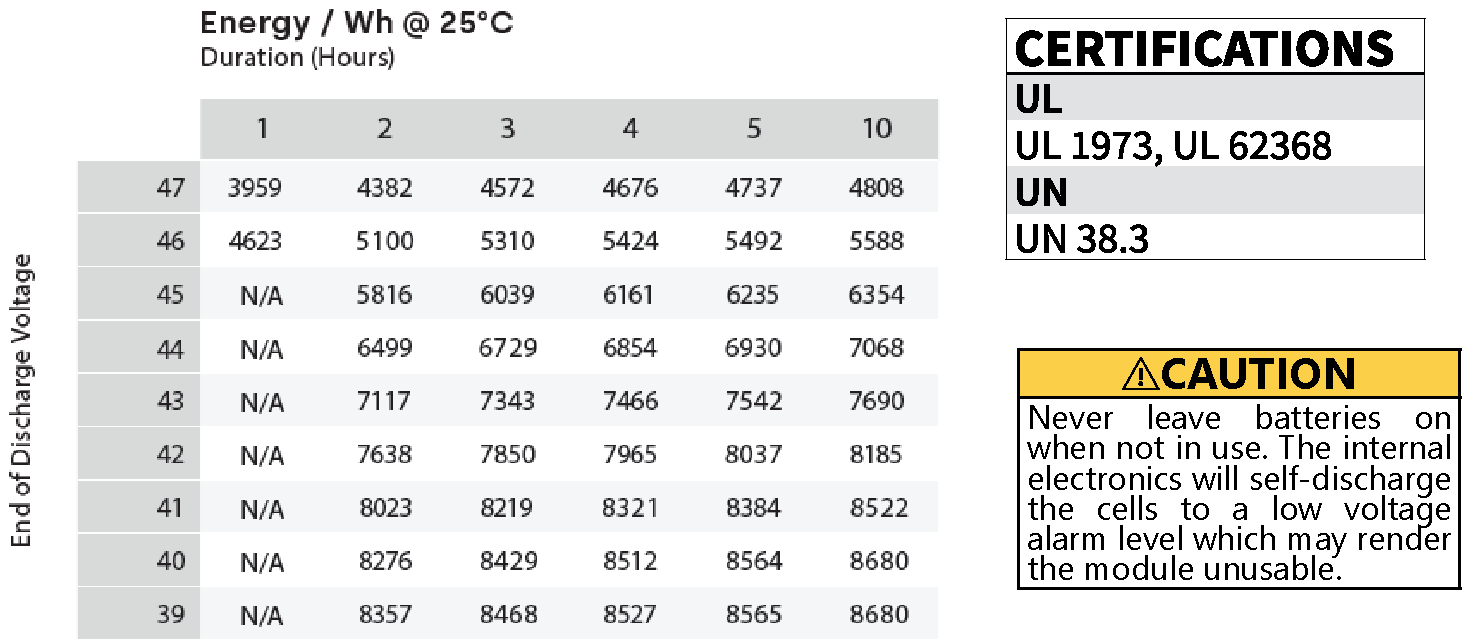 |
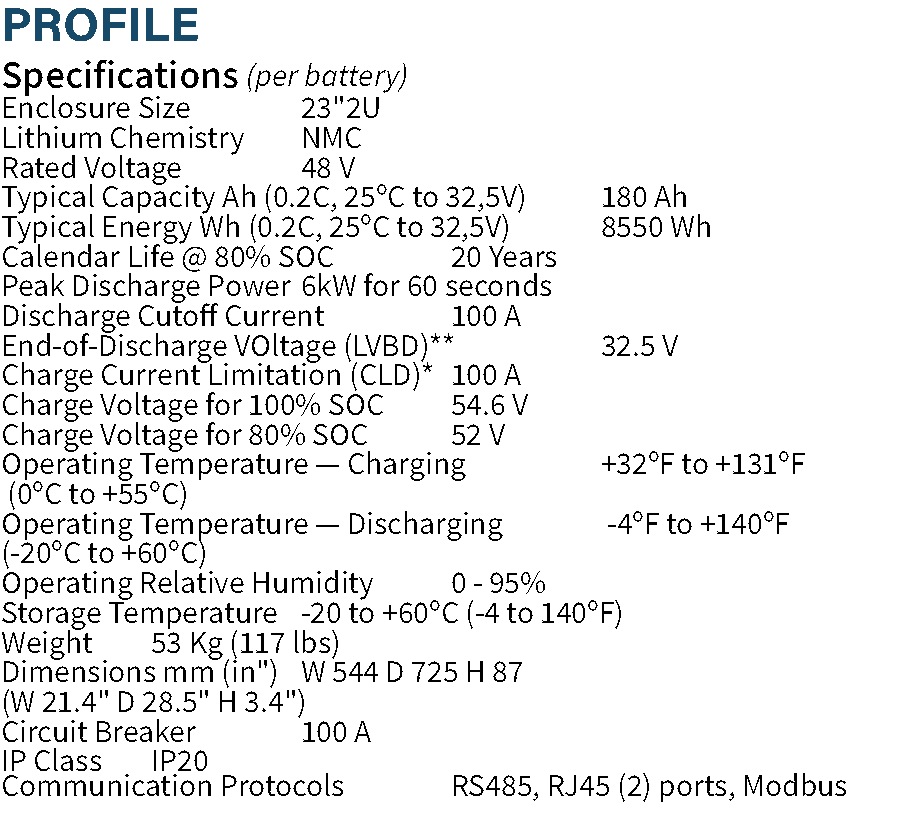 |
||
 |
|||
 |
|||
 |
|||
SAFETY PRECAUTIONS: |
|||
| It is important that the product is handled, transported, stored, installed and used in line with the instructions and specifications outlined in this user guide. Handling and usage which is not in accordance with instructions and specifications can be dangerous and will invalidate the warranties. | |||
|
|||
Electrical Hazard:The batteries are supplied in a charged condition and are capable of extremely high short circuit currents. Take care to avoid short-circuiting terminals of opposite polarity. Accidental shorting of terminals or cables can result in severe electrical arcing, causing burns and electric shock to nearby personnel. |
|||
| - This battery module is available for use in parallel applications only. Do not use in serial applications! - Systems that are not in use should be switched off — the circuit breaker should be moved to the OFF position. - Do not disassemble. - Do not intentionally short circuit the battery module. - Do not expose the battery module to fire or temperatures higher than 158F (70C). High temperature may cause the battery to overheat or even self-ignite. High temperature may also result in loss of performance and decrease life expectancy of the product. - Immediately disconnect the battery if, during operation, battery feels hot or appears abnormal in any way. |
|||
First Aid: |
|||
| The following first aid measures are required only in case of exposure to interior battery components after damage of the external battery casing. Undamaged, closed cells do not represent a danger to the health. After inhalation: ensure access to fresh air. Consult a physician immediately. After contact with skin: wash off immediately with plenty of water. Consult a physician immediately. After contact with eyes: rinse immediately with plenty of water, including under the eyelids, for at least 15 minutes. Seek immediate medical treatment by an eye specialist. After ingestion: drink plenty of water. Call a physician immediately. |
|||
OPTIMIZING BATTERY LIFE CYCLE: |
|||
| To further increase the battery cycle life, HCI recommends to charge the batteries only to 80% of capacity — this will significantly extend the number of cycles the battery can operate. | |||
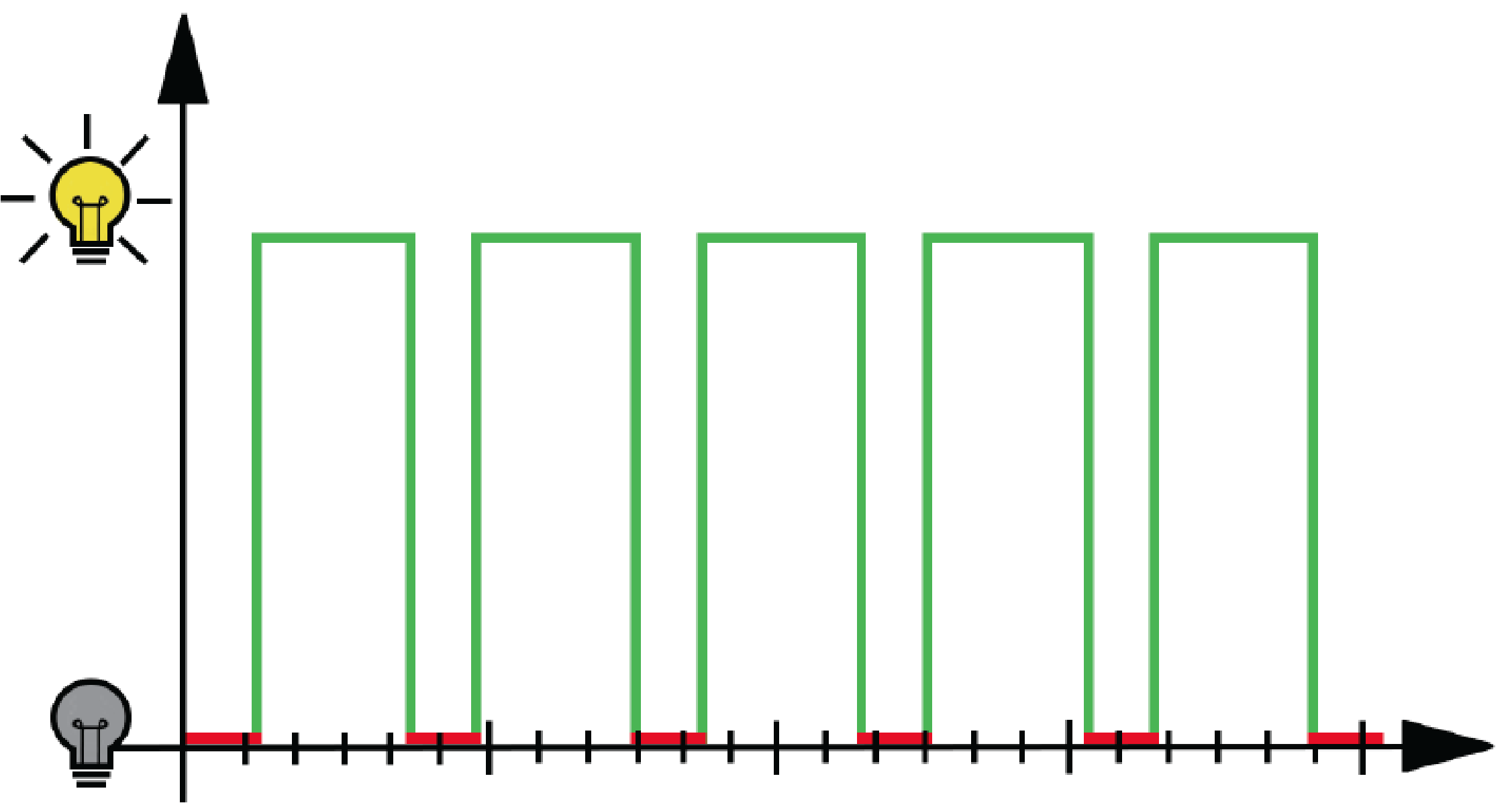 |
 |
||

